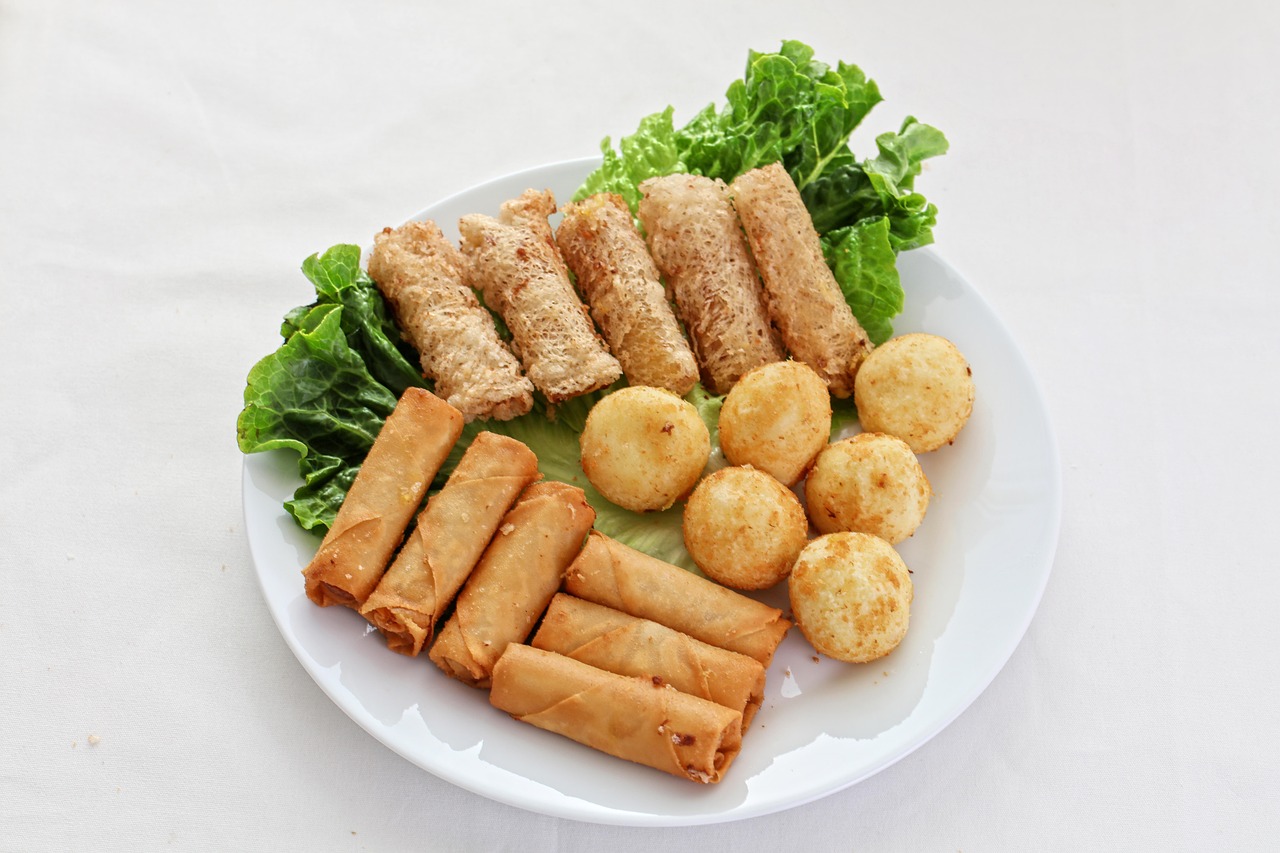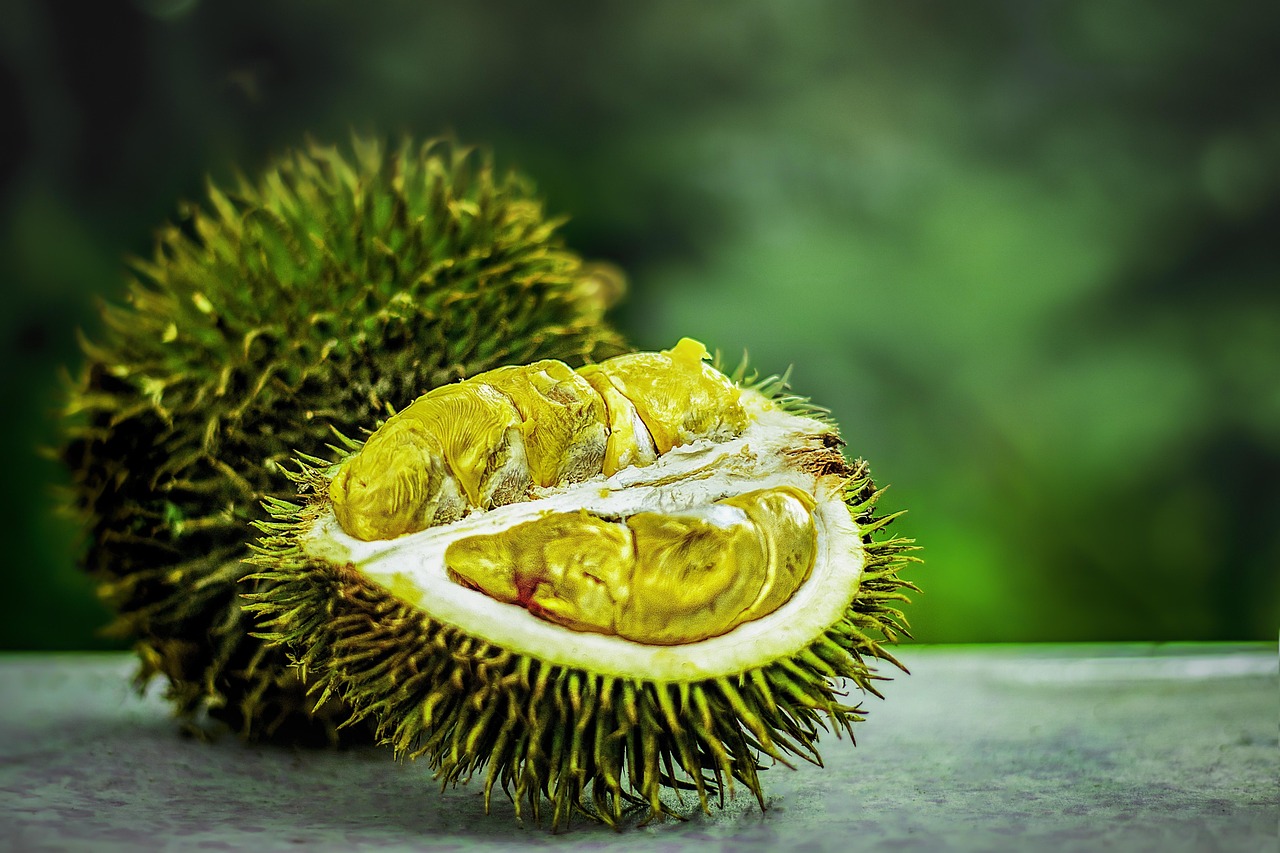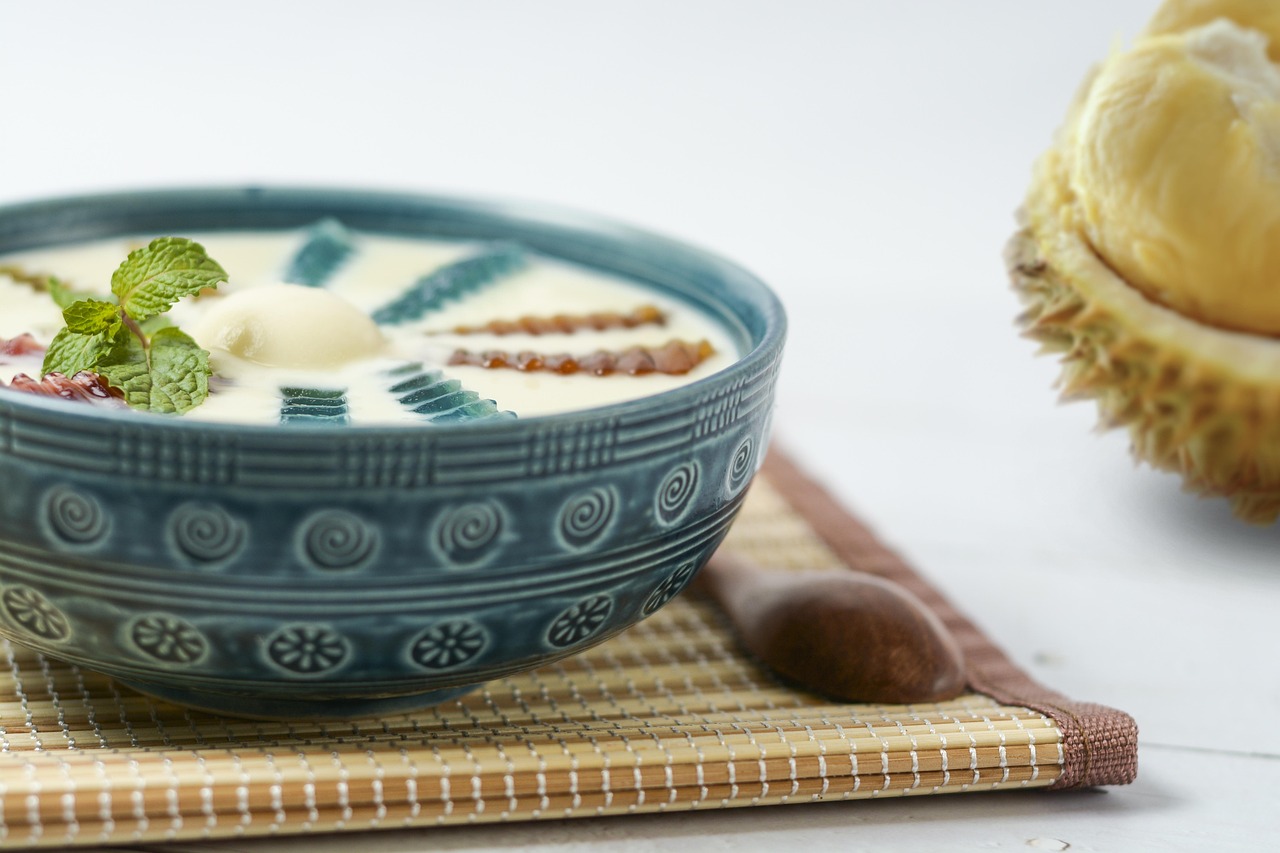The durian tree (Durio spp.) typically takes about 4 to 8 years to start producing fruit after planting. Growth rates can vary based on environmental conditions, soil quality, and care provided, with optimal conditions allowing for faster growth.
Understanding Durian Tree Growth
The durian tree is often referred to as the “king of fruits” due to its distinctive taste and aroma. Native to Southeast Asia, it thrives in tropical climates where humidity and rainfall are abundant. As a tropical fruit farmer, knowledge of the durian tree’s growth rate is vital for successful cultivation. This information helps farmers plan their planting cycles and manage their resources effectively.

Durian trees can grow quite tall, reaching heights of up to 130 feet (40 meters) under optimal conditions. However, in commercial orchards, they are usually pruned to maintain a manageable height for harvesting. The growth rate of durian trees can be influenced by several factors, including soil quality, climate, and care practices.
Factors Influencing Growth Rate
Several key factors affect the growth rate of durian trees:
- Soil Quality: Durian trees prefer well-drained, fertile soils high in organic matter.
- Climate: They thrive in warm, humid environments with plenty of rainfall.
- Watering Practices: Consistent watering is essential, especially during dry spells.
- Fertilization: Regular fertilization with balanced nutrients promotes healthy growth.
- Pest and Disease Management: Proper management of pests and diseases is crucial for maintaining tree health.
Growth Stages of Durian Trees
Understanding the growth stages of durian trees helps farmers anticipate when to expect fruit production. The growth stages include:

- Seed Germination: Seeds typically germinate within 1-2 weeks under favorable conditions.
- Seedling Stage: During this stage, seedlings grow rapidly for the first year, requiring protection from harsh weather.
- Juvenile Stage: This stage lasts from 1 to 4 years, where the tree develops its trunk and root system.
- Mature Stage: After 4-8 years, the tree begins to bear fruit. Peak production often occurs from 7 to 15 years of age.
Ideal Conditions for Growth
To maximize the growth rate of durian trees, it is essential to provide ideal conditions. These include:
- Temperature: Durian trees grow best in temperatures ranging from 75°F to 86°F (24°C to 30°C).
- Humidity: High humidity levels (around 70% to 90%) are beneficial for growth.
- Rainfall: An average rainfall of 60 inches (150 cm) per year is ideal.
- Sunlight: Full sun exposure for at least 6 hours a day promotes healthy growth.
Common Growth Challenges
While durian trees can be rewarding to grow, they are not without challenges. Some common issues include:
- Pests: Insects such as fruit flies and borers can damage the fruit and tree.
- Diseases: Fungal infections can affect tree health and fruit quality.
- Nutrient Deficiencies: Lack of essential nutrients can stunt growth and reduce yields.
Farmers must be vigilant in monitoring their trees for these challenges. Implementing integrated pest management strategies and providing appropriate nutrients can help mitigate these issues. By understanding the growth rate and requirements of durian trees, farmers can enhance their chances of a successful harvest.

Propagation Methods for Durian Trees
Successful durian farming begins with effective propagation methods. Farmers can choose between seeds and vegetative propagation techniques like grafting. Each method has its own advantages and considerations that impact growth rate and fruit quality.
Seed Propagation
Seed propagation is the most traditional method of growing durian trees. This method involves planting seeds from mature durian fruit. Here are some important points regarding seed propagation:
- Seed Selection: Choose seeds from healthy, high-quality fruits to ensure better growth potential.
- Germination Time: Seeds typically take 1-2 weeks to germinate under optimal conditions.
- Seedling Care: Young seedlings need shade and protection from harsh weather until they are established.
While growing from seeds can result in strong trees, it may also lead to variability in fruit quality. Trees grown from seeds usually take longer to bear fruit, often around 6-8 years.
Vegetative Propagation
Vegetative propagation techniques, such as grafting, offer several advantages over seed propagation. Grafting involves attaching a scion (a young shoot) from a desired variety to a rootstock. This method can lead to faster fruit production and more uniform quality.

- Types of Grafting: Common methods include cleft grafting and whip grafting.
- Time to Fruit: Grafted trees can produce fruit within 3-4 years.
- Quality Assurance: Grafting ensures the new tree maintains the desirable traits of the parent plant.
Farmers who opt for grafting must ensure that the rootstock is compatible with the scion for successful growth.
Nutrient Requirements for Optimal Growth
Nutritional needs are crucial for the healthy growth of durian trees. A balanced supply of nutrients promotes vigorous growth, enhances fruit quality, and increases resistance to diseases. Understanding the nutritional requirements can help farmers make informed decisions.
Key Nutrients
The primary nutrients required by durian trees include:
- Nitrogen: Essential for leaf and stem growth, nitrogen promotes lush foliage.
- Phosphorus: Important for root development and flowering; phosphorus encourages strong root systems.
- Potassium: Enhances fruit quality and aids in water regulation within the tree.
- Micronutrients: Elements like magnesium, calcium, and iron play vital roles in overall health.
Fertilization Practices
Effective fertilization practices can significantly impact growth rates. Here are some recommendations:
- Soil Testing: Conduct soil tests to determine nutrient levels before applying fertilizers.
- Organic Matter: Incorporate organic matter, such as compost, to improve soil structure and nutrient availability.
- Fertilizer Types: Use a balanced fertilizer that provides essential macro and micronutrients throughout the growing season.
- Timing: Apply fertilizers during key growth periods, such as before the rainy season and during flowering.
Irrigation Techniques for Durian Trees
Irrigation is vital for durian trees, especially in areas with inconsistent rainfall. Proper watering practices help maintain soil moisture and support healthy growth.
Watering Methods
Several irrigation methods can be utilized for durian farming:
- Drip Irrigation: This method delivers water directly to the root zone, minimizing water loss and promoting efficient use.
- Sprinkler Systems: Sprinklers can cover a larger area but may lead to water evaporation losses if not managed properly.
- Flood Irrigation: Suitable for flat lands, this method can be effective but may require careful management to avoid waterlogging.
Irrigation Scheduling
The frequency and amount of water needed will depend on local climatic conditions. Factors to consider include:
- Soil Type: Sandy soils drain quickly, while clay soils retain moisture longer.
- Growth Stage: Young trees require more frequent watering than established trees.
- Seasonal Variations: Adjust watering schedules based on seasonal rainfall patterns.
A well-managed irrigation system supports healthy durian tree growth and contributes to higher yields. Farmers should regularly monitor soil moisture levels to optimize their irrigation strategies.
Pest Management for Durian Trees
Effective pest management is essential for maintaining the health and productivity of durian trees. Various pests can negatively impact growth and fruit quality. Understanding these pests and implementing management strategies are critical for successful durian farming.
Common Pests
Durian trees are susceptible to several pests that can cause significant damage if not controlled. Here are some of the most common pests:
- Fruit Flies: They lay eggs in the fruit, causing it to rot and drop prematurely.
- Scale Insects: These pests feed on tree sap, weakening the plant and leading to reduced growth.
- Leafhoppers: They can transmit diseases and cause leaf discoloration and drop.
- Borers: These insects tunnel into the trunk and branches, which can lead to tree decline.
Pest Control Strategies
To effectively manage pests in durian orchards, farmers can implement the following strategies:
- Regular Monitoring: Regularly inspect trees for signs of pest infestations. Early detection can help mitigate damage.
- Biological Control: Introduce natural predators or parasites to help control pest populations. For example, releasing parasitic wasps can reduce fruit fly numbers.
- Cultural Practices: Maintain good orchard sanitation by removing fallen fruit and debris, which can harbor pests.
- Pesticide Use: When necessary, apply appropriate pesticides following integrated pest management (IPM) principles. Selective pesticides can minimize harm to beneficial insects.
Disease Management for Durian Trees
Diseases can significantly affect the growth and yield of durian trees. Identifying and managing diseases promptly is crucial for maintaining tree health.
Common Diseases
Some of the most prevalent diseases affecting durian trees include:
- Phytophthora Root Rot: Caused by a water mold, this disease leads to root decay and can be fatal if not treated.
- Leaf Spot: Fungal infections cause spots on leaves, which can lead to early leaf drop and reduced photosynthesis.
- Powdery Mildew: This fungal disease appears as white powdery patches on leaves and can hinder growth.
- Anthracnose: This disease affects fruit, causing dark lesions and ultimately reducing quality.
Disease Control Measures
Implementing effective disease control measures will help protect durian trees from these threats. Consider the following practices:
- Soil Management: Improve soil drainage to prevent waterlogging, which can contribute to root rot.
- Fungicide Applications: Apply fungicides as a preventive measure or at the first signs of infection. Follow label instructions for proper use.
- Pruning: Regularly prune trees to improve air circulation and reduce humidity, which helps prevent fungal diseases.
- Crop Rotation: Rotate crops in the orchard to break disease cycles and reduce pathogen build-up in the soil.
Harvesting Durian Fruits
The harvesting of durian fruits requires careful attention to timing and technique to ensure optimal quality. Understanding when and how to harvest is crucial for maximizing returns.
When to Harvest
Durians are typically harvested when they are fully mature but before they fall from the tree. Key indicators of maturity include:
- Color Change: The outer color of the durian changes from green to a more yellowish hue.
- Sound Test: Tapping the fruit should produce a hollow sound when it is ripe.
- Scent: A strong aroma often indicates ripeness; however, this varies by variety.
Harvesting Techniques
The proper technique is essential to avoid damaging the fruit or tree during harvesting. Here are some recommended practices:
- Use Tools: Employ a sharp knife or pruning shears to cut the stem of the fruit cleanly.
- Avoid Drops: Carefully lower the fruit rather than letting it drop, as this can cause bruising.
- Handle with Care: Durian fruits are heavy and spiky; handle them carefully to prevent injuries.
Post-harvest handling also plays a role in maintaining fruit quality. Proper storage conditions will help preserve flavor and freshness until they reach consumers or markets.
Post-Harvest Management of Durian Fruits
After harvesting durian fruits, proper post-harvest management is essential to maintain quality and extend shelf life. The handling and storage conditions can significantly affect the fruit’s taste, texture, and overall marketability.
Storage Conditions
Durian fruits require specific conditions for optimal storage. Here are some important factors to consider:
- Temperature: Store durians at a temperature range of 50°F to 60°F (10°C to 15°C) to slow down ripening.
- Humidity: Maintain high humidity levels (around 90%) to prevent the fruit from drying out.
- Avoid Ethylene Exposure: Keep durians away from other fruits that emit ethylene gas, as this can accelerate ripening.
Using refrigerated containers or controlled atmosphere storage can help achieve these conditions, especially when transporting durians over long distances.
Quality Control
Before selling or distributing durians, it is important to conduct quality control checks. Here are some aspects to evaluate:
- Visual Inspection: Check for any signs of damage, discoloration, or mold.
- Aroma Assessment: Ensure the fruit has a strong, pleasant aroma, indicating ripeness and quality.
- Firmness Test: Gently press the fruit; it should yield slightly without being overly soft.
Fruits that do not meet quality standards should be removed from the batch to prevent affecting the quality of others.
Market Opportunities for Durian Farmers
The demand for durians has been growing both domestically and internationally. Farmers can explore various market opportunities to maximize their profits.
Direct Sales
Many farmers choose to sell durians directly to consumers through local markets or roadside stands. This method allows for better profit margins and direct interaction with customers.
Export Markets
Exporting durians can significantly increase income potential. Some key points to consider include:
- Research Export Regulations: Understand the requirements for exporting durians to different countries, including certifications and phytosanitary measures.
- Target High-Value Markets: Countries like China, Thailand, and Singapore have a high demand for premium durians.
- Diverse Product Offerings: Explore value-added products such as frozen durian or durian-based snacks to attract a wider consumer base.
Online Sales Channels
The rise of e-commerce presents new opportunities for durian farmers. Selling through online platforms can reach a broader audience. Consider these steps:
- Create an Online Presence: Use social media and websites to showcase products and engage with potential customers.
- Utilize Delivery Services: Partner with local delivery services to facilitate timely delivery of fresh produce.
- Build Customer Relationships: Engage with customers through newsletters or promotions to encourage repeat business.
Final Thoughts
The growth rate of durian trees is influenced by various factors, including climate, soil conditions, nutrient management, pest and disease control, and post-harvest practices. By understanding these aspects, farmers can create a more favorable environment for durian cultivation. Adopting effective propagation methods, irrigation techniques, and pest management strategies will enhance growth rates and ultimately lead to higher yields.
The increasing global demand for durians presents numerous market opportunities for farmers. By focusing on quality management and exploring different sales channels, durian cultivators can improve profitability and ensure a successful harvest. Embracing sustainable farming practices will not only benefit individual farms but also contribute positively to the environment and local economies.
As the “king of fruits,” durians continue to captivate consumers worldwide. With the right knowledge and practices, farmers can thrive in this lucrative industry while enjoying the unique challenges of cultivating this exotic fruit.
